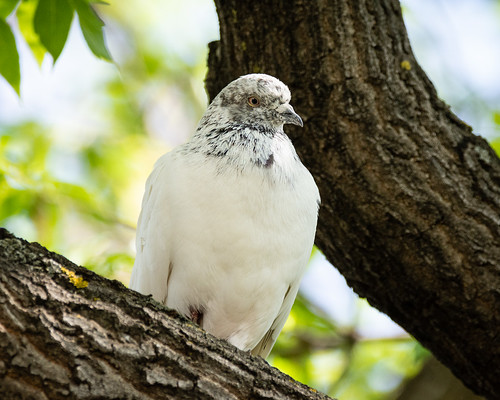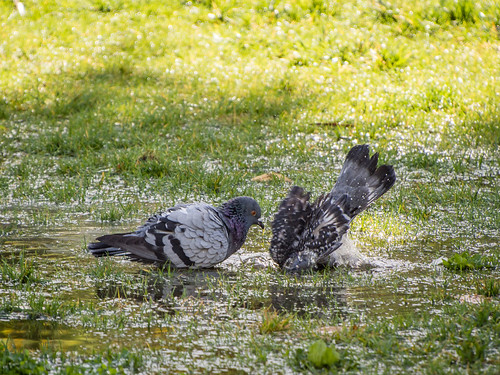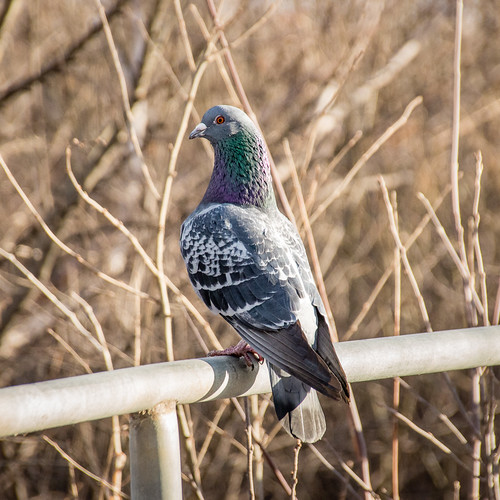Sunday, 18 August 2019
10 Surprising Facts about Pigeons
1. A pigeon saved the lives of 194 American soldiers who were under a constant barrage of both enemy and friendly fire at the end of World War I. The pigeon flew 25 miles to headquarters, even though it had been shot in the chest, blinded by shrapnel, and lost a leg.
2. It’s not only humans and monkeys that can learn abstract mathematical rules. Pigeons learned to peck images on a screen in order, from lower to higher numbers of objects in the group.
3. Pigeons tend to always land on the same foot. A majority land on their right foot first, while a small percentage land on their left foot first (about the same percentage as humans who are left-handed). A very small number of pigeons land on both feet at the same time or alternate.
4. Most birds fill their beaks with water and then tip their heads back to swallow. But not pigeons! They keep their heads down, sucking up the water as if through a straw.
5. Pigeons have extraordinary vision and can distinguish between almost identical shades. They can also track moving stimuli far more closely than humans. A motion picture would look like a slideshow to a pigeon.
6. Homing pigeons regularly fly over 500 miles per day at over 60 miles per hour. They can reach top speed within seconds and one pigeon was recorded flying at 110 miles per hour for several hours.
7. The Maiden Form brassiere company made a vest “to protect carrier pigeons as they parachuted through the air strapped to the chest of paratroopers during World War II. Once the paratroopers hit the ground behind enemy lines, they would release the pigeons so they could fly off to deliver important messages.”
8. Charles Darwin, like many people in Victorian England, bred and raised pigeons. He spent hours reading self-help manuals and chatting with other pigeon breeders.
9. Pigeons with white rump feathers are less likely to be killed by falcons than pigeons with blue rump feathers. The white feathers appear to distract the falcon, causing it to miss its target.
10. In the past, pigeons and doves were seen as one common group of birds. Scientists are now differentiating between the two species. The old name of Rock Dove (or common pigeon) was recently corrected to Rock Pigeon. (with thanks to Stan Shadick, Saskatoon Nature Society, for providing this updated information)
See Also
10 Surprising Facts About Beavers - And Why They Make Great Neighbours
8 Cool Facts About Bats - And What to Do If You Find One In Your Home
Nature Companion, a Comprehensive Nature App for Canada's Four Western Provinces



